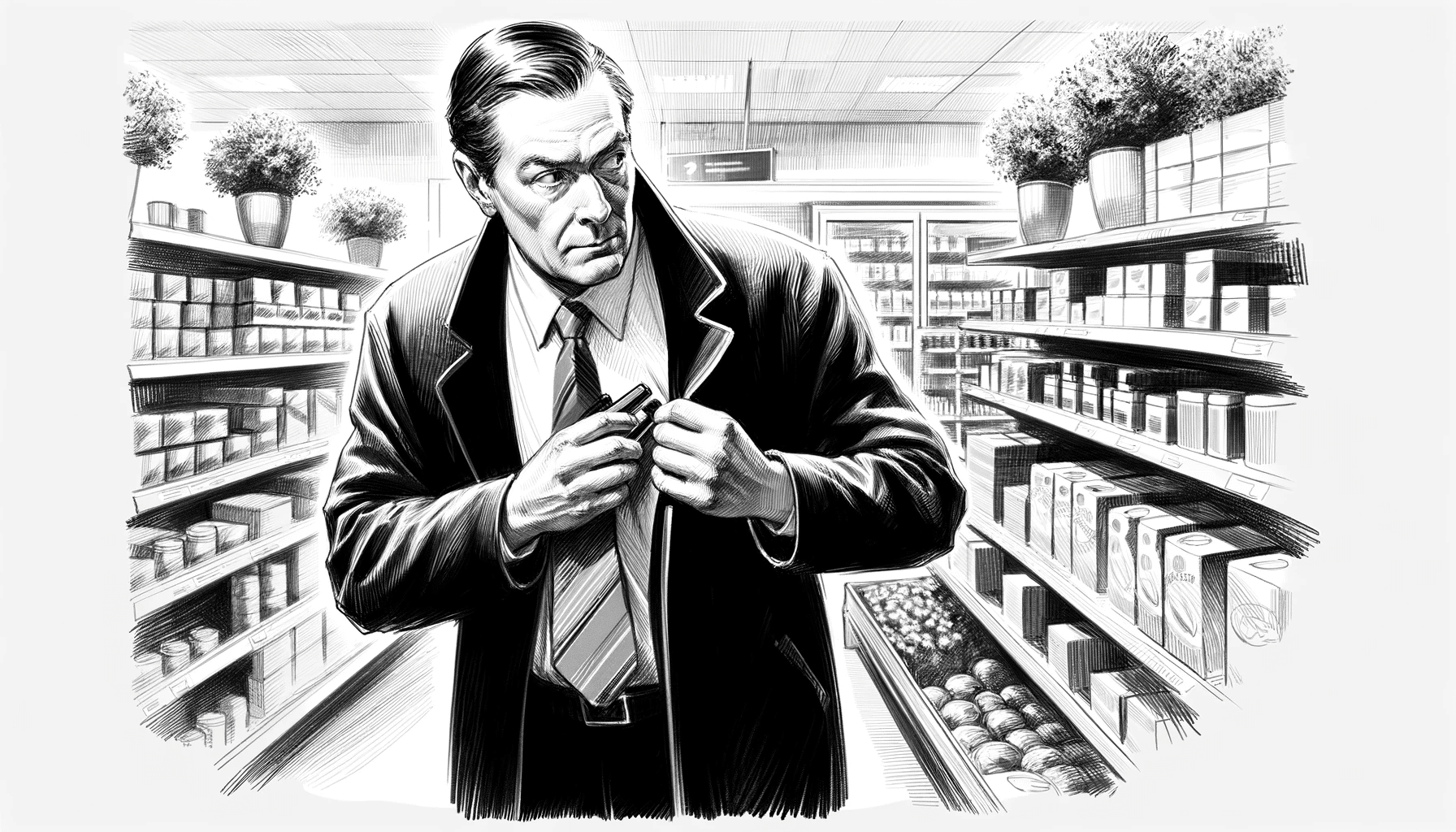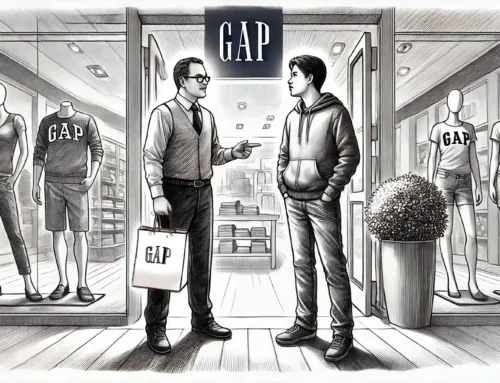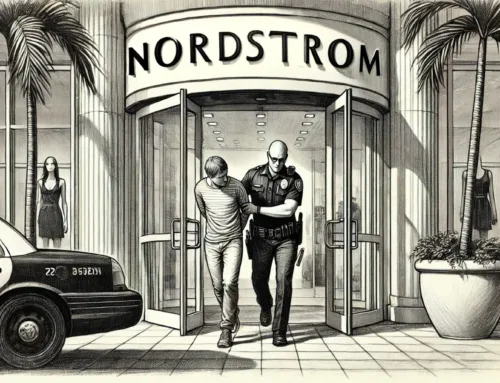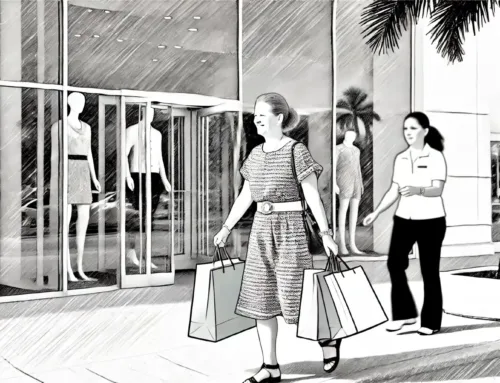Myths and Misconceptions About Shoplifting
Being falsely accused or arrested for retail theft or shoplifting can be emotionally distressing. And yet there are many misconceptions about who shoplifts, why people commit petit theft or grand theft, and how people get caught.
As experienced criminal defense lawyers focused on theft charges, we know the truth. We represent all types of people accused of shoplifting and understand the many reasons good people occasionally do things they later regret. In this post, we’ll debunk some common myths and misconceptions about shoplifters.
Myth #1: Only thieves shoplift
One common assumption by store management or asset protection is that only thieves shoplift. The truth is far more nuanced. While some serial shoplifters exist, anyone can shoplift for a number of reasons. It can be a rash decision during an emotional period like relationship troubles or depression. Or it can result from prioritizing immediate needs over purchases—like medication for a sick child. Even successful business people or stay-at-home parents shoplift.
Myth #2: Shoplifters don’t look like regular shoppers
It’s a common misconception that shoplifters look visibly “suspicious.” The truth is, most appear no different from other customers. Shoplifters come from all walks of life and backgrounds. They look and dress like other law-abiding customers. Even experienced loss prevention officers can have tunnel vision, scrutinizing people who “stand out” while missing subtle cues from others.
Myth #3: Shoplifting is always pre-meditated
Many retailers assume all shoplifters deliberately plan to steal. But oftentimes, shoplifting happens when law-abiding people experience a moment of poor moral judgment. Coming into the store, they had no intention of stealing. But rough times lead to desperate decisions at the moment. A cry for help—not always a hardened criminal. With compassion and support to get their life on track, it may never happen again.
Myth #4: Shoplifters always conceal items
Common procedures for catching shoplifters focus heavily on signs of concealment. But shoplifting doesn’t require concealing merchandise on your person to walk out with it. Retail clerks get busy, and mistakes happen with scanning. Shoppers can succumb to temptation by not scanning an item but taking it anyway—without ever trying to conceal the item. Unfortunately, honest mistakes can still lead to embarrassing accusations or unjustified arrests.
Myth #5: Undercovers catch most shoplifters
Many retailers position undercover loss prevention officers on the sales floor, hoping to catch shoplifters concealing merchandise. But statistics show these undercovers only catch a small percentage of shoplifters committing retail theft. More often, visible security measures deter theft. Modern technology does more “catching” than undercovers, whether AI video analytics, RFID tags, or electronic article surveillance alarms. Preventative measures prove better than old assumptions about catching crafty shoplifters.
Get Experienced Legal Defense
While shoplifting should always be taken seriously, the reality behind these five myths shows the complexity of many shoplifting cases. If you or a loved one faces theft charges like shoplifting in Miami-Dade or Broward Counties, contact our criminal defense law firm online or call our office. Our compassionate attorneys provide strong legal defenses to achieve the most positive outcome from an unfortunate mistake. With decades of experience defending local shoplifting cases, we help everyday South Floridians move forward while avoiding harsh penalties or a lasting criminal record.
CALL US NOW for a CONFIDENTIAL INITIAL CONSULTATION at (305) 538-4545, or take a moment to fill out our confidential and secure intake form.* The additional details you provide will greatly assist us in responding to your inquiry.
THERE ARE THOUSANDS OF LAW FIRMS AND ATTORNEYS IN SOUTH FLORIDA. ALWAYS INVESTIGATE A LAWYER’S QUALIFICATIONS AND EXPERIENCE BEFORE MAKING A DECISION ON HIRING A CRIMINAL DEFENSE ATTORNEY ATTORNEY FOR YOUR MIAMI-DADE COUNTY CASE









